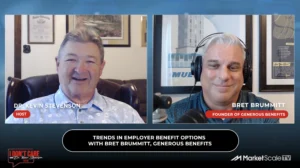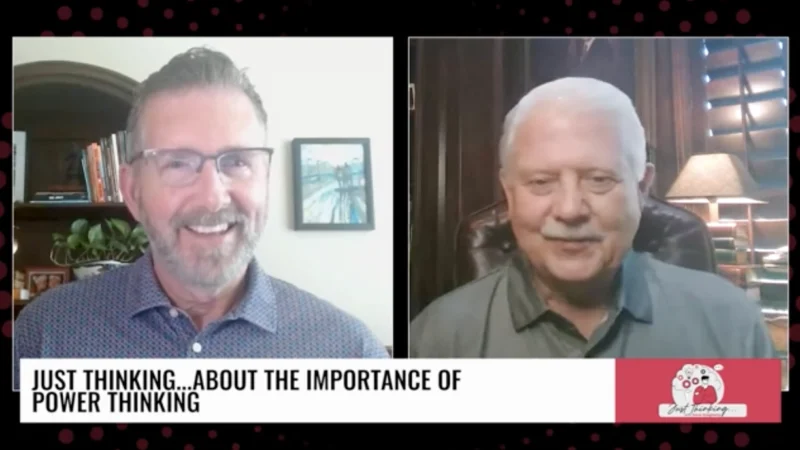IT Innovators in Education Need Rest, Too
Virtual or hybrid education has been a blessing during the COVID-19 pandemic. When it’s a risk to gather and parents may not feel comfortable sending their children to a classroom, technology has allowed classrooms to take place virtually.
Making sure teachers can teach and students can learn and that they have the devices and network connectivity they need is an enormous challenge, especially in a district like Highline Public Schools in Washington state.
Mark Finstrom, Chief Technology Officer, said he and his staff were able to get things up and running and keep things going as smoothly as possible with a help desk active from 6 a.m. to 6 p.m. and other efforts to make sure faculty and students at the district, which includes English-Spanish bilingual campuses and even is working on English-Vietnamese education, had what they needed.
Finstrom was proud of his team’s work, but started noticing the importance of something else – rest.
“That entire team was trying to give 20,000-25,000 people a seamless start to the school year, and it worked. But we burned out,” Finstrom said.
As Finstrom remembered to balance his managerial skills with his technological ones, he began to start meetings with check-ins with his team not about devices or technical issues but instead about how their personal lives are going before getting to the work portion of the meeting.
“I was trying to make the experience for the families and students and the teachers best I could. Who’d I forget? Myself and my team,” he said. “I’m now rebuilding, basically, some relationships with my own team. They suffered, because I fell into that funk and forgot about them. Some of them have even expressed that I didn’t care if they worked tireless endless hours to make sure kids were in school. That wasn’t the intent, but that’s how it came across.”
His team faces another challenge next month when students likely will begin returning to classrooms and bringing new devices with them. Yet, Finstrom is confident he and his team once again will rise to the occasion, while keeping their own mental health as a high priority.
Follow us on social media for the latest updates in B2B!
Twitter – @MarketScale
Facebook – facebook.com/marketscale
LinkedIn – linkedin.com/company/marketscale








